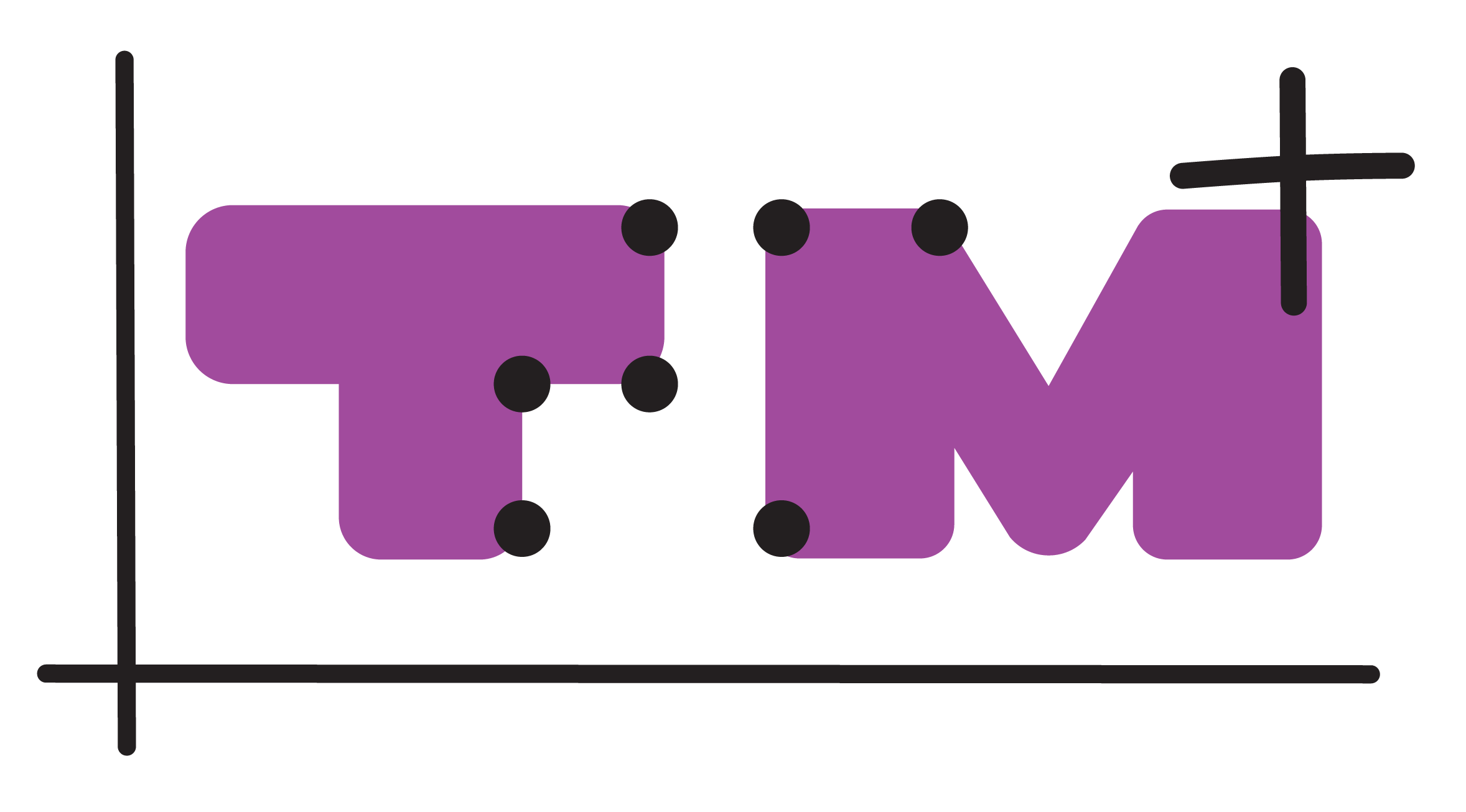Computational thinking is a topic with a lot of possibilities for braille readers to work together with their classmates. In our project we focus mainly on programming. Programming code is written linearly and can be read on the braille display and is therefore accessible. Be aware that the linear notation in programming language is different from the linear notation used in the math text books for braille readers. It is also possible to find editors that are accessible with screen readers. Besides programming, other activities are possible that enhance computational thinking. In this section we will explain the challenges that come with both programming and other activities related to computational thinking.
Learning Objectives in the MCC That Require Additional Skills and Knowledge
Algorithmic thinking is often an important first step to creating a program. Algorithmic thinking involves being able to break down a problem into smaller parts and solve it in a systematic way. It often requires students to recognize patterns using flowcharts. Braille readers need to use charts of different textures. Exploring the structure of these charts with touch is time consuming and not so easy.
A main challenge for the teacher is to choose the right tools and methods. This does not only involve choosing an accessible programming environment, but also choosing other methods such as robots, block programming or analogue programming exercises.
Text programming is fully accessible to braille readers as long as the code generates all results in text. It is important to use an accessible editor and other tools and teach braille readers how to read and navigate through the text. This is a challenge for braille readers because there is no visual overview for them and programming code usually relies on visual clues. As students gain more experience with programming, they will also gain a better understanding of the structure of the code and know how to use the settings of the screen reader software.
Additional Skills and Knowledge for Braille Readers
For computational thinking, the most important thing is that the teacher chooses tools and methods that are accessible for the braille reader. These tools will in most cases work fine for all students. If the teacher succeeds with this, the subject will be less challenging.
The braille reader must learn strategies for algorithmic thinking. When working with a flowchart, they must learn how to navigate it. This requires tactile training combined with mathematical training to understand the shape and the meaning of all parts of the flowchart and how they work together.
When working with text programming and writing code, the braille reader will not have the same overview of the program as a sighted student. For example, spaces and indentation may not be as clearly noticeable, and the meaning will need to be learned from the math teacher. In some programming languages this is particularly important. The student will have to know these awarenesses to properly write code. The student will also need to pay special attention to notations from which the programming language differs from the braille code. This requires extra braille training.
As mentioned, there are editors that are fully accessible with screen readers. Visual Studio code is one example. In addition to learn about the editor, the braille reader will also need to learn how the editor works together with their screen reader software. Also, the braille reader will have to figure out which settings are most helpful for them. There are a lot of possibilities. The ICT professional should figure out the best settings that fit the preference of the student, together with the student. This will be an ongoing process during the time that the student develops more programming skills.
